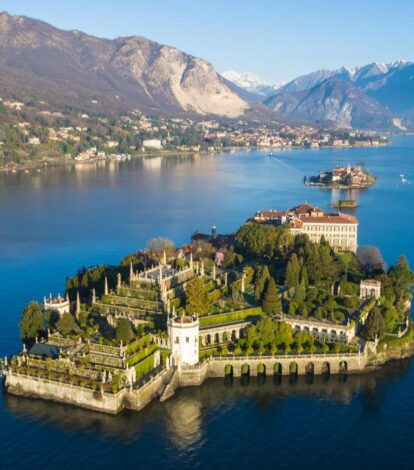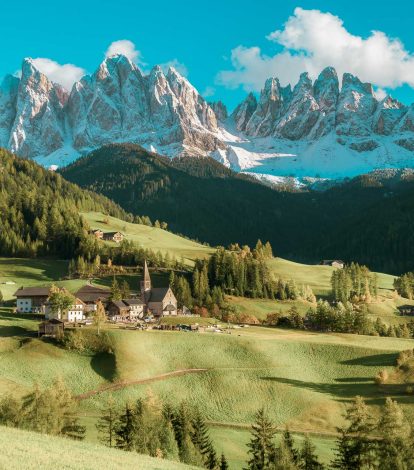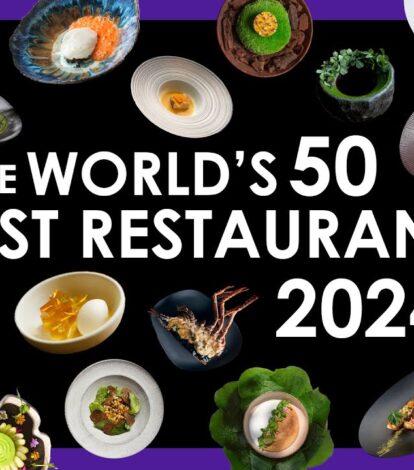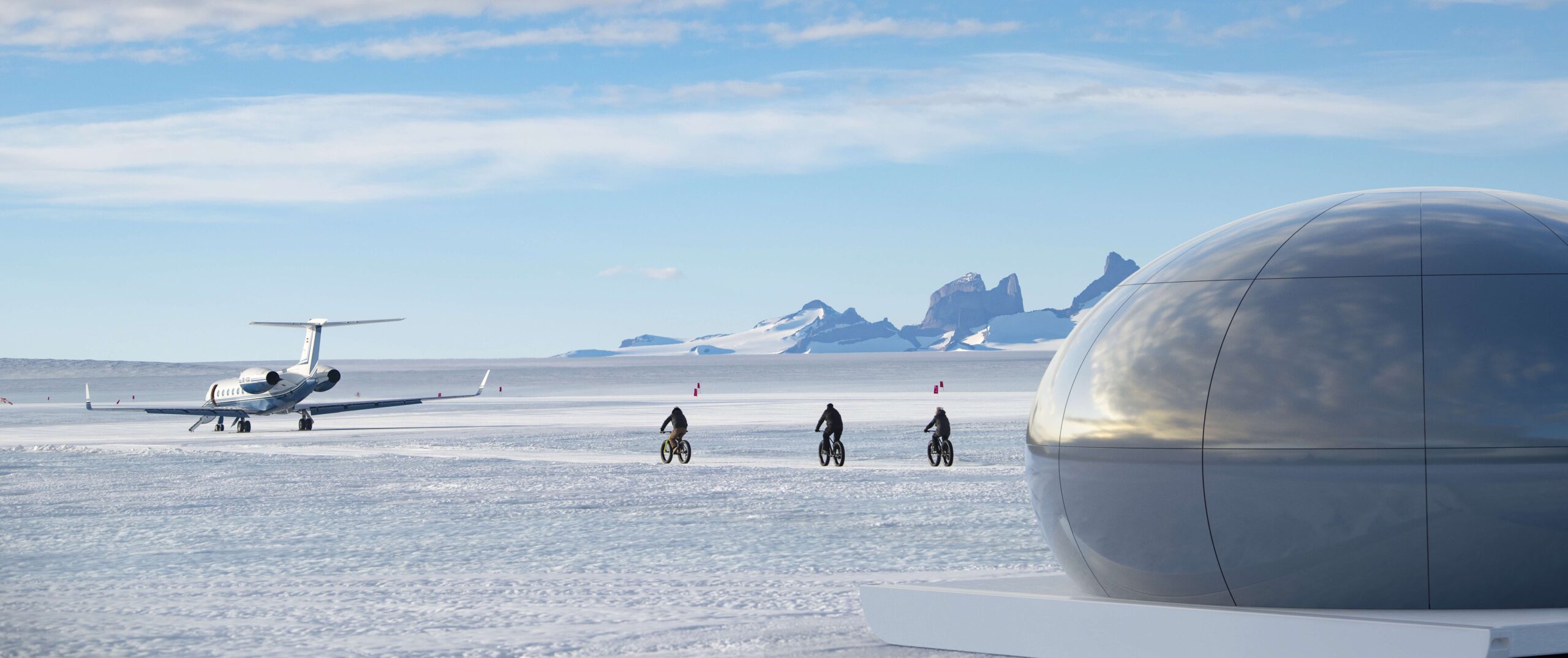“Piedmont is a great region for people who have been to Italy before and are looking for something different: it’s still pretty much unexplored and untouched” says Barbara Cesario, founder of Zefiro.
“And Piedmont is still very authentic.”
Barbara and her company Zefiro are Elite Voyages’ trusted local partner in Piedmont, a rich region in northwestern Italy.
We interviewed Barbara about Piedmont’s secrets and why this under-the-radar region is such a good option for clients seeking new discoveries in Italy.

Barbara, what for you is so special about Piedmont?
Piedmont is such a rich and varied region. We have lakes, mountains, beaches, fashion, sports cars, and a beautiful capital city in Torino. It’s also great for outdoor lovers.
We have Italy’s second largest wine production – this is the home of Barolo and Barbaresco among others!
Piedmont has 40 restaurants with Michelin stars, the second most Michelin stars in Italy after Lombardy.
Piedmont is most special because it doesn’t want to be a mass tourism destination. It’s attracting people who want to appreciate what’s on offer, rather than tick off the sights. It’s a region focused on slow travel.

With so much on offer, why do you think Piedmont is overshadowed by other, more famous Italian regions?
Regions like Tuscany, Venice and Rome have long been the go-to places for international tourists, thanks to their widespread promotion and visibility in travel media.
Tuscany, in particular, tends to eclipse Piedmont’s equally strong yet less publicised wine and food culture.
Piedmont lacks a mass tourism infrastructure. It’s not that there are no tourists, we just don’t cater well for the masses. It’s not like we don’t want tourists either, the people of Piedmont are very friendly and welcoming.
The region’s appeal is more subtle, focusing on slow travel rather than instant “bucket list” experiences. Our capital Torino is a great example of this, especially when compared to somewhere like Rome.

The lack of mass tourism infrastructure means visitors need to plan more thoroughly, in order to explore the more hidden gems. This is a positive for those seeking an authentic, off-the-standard-trail experience.
The Americans didn’t really discover Piedmont yet. Asians tourists didn’t either. The tourism board doesn’t do a lot to promote the region outside Europe. So the visitors we have are usually well-travelled Europeans, although I see this changing in the coming years.
Finally, many of Piedmont’s most renowned experiences – like truffles, Nebbiolo wine and local cuisine – are more familiar to Italians than international travellers.
Locally, Piedmont is known as the region where Italians go to enjoy food, wine and exploration, rather than as a hotspot for global visitors. It’s more of a regional secret.
In recent years we’ve certainly seen how some Italian regions have become too much of a hotspot in summer…
There are small places in Italy, like Venice, Cinque Terre or the Amalfi Coast, which can’t handle the amount of visitors in high season, especially with cruise ships coming in.
Piedmont never gets overcrowded, even in July and August. I go to Lake Orta in summer, yes it’s busy, but you still have space to relax and enjoy it at your own place.

People tell me they want to avoid mass tourism. That’s Piedmont. Or they want somewhere like Tuscany was 20 years ago.
Another reason Piedmont is overshadowed could be the lack of big hotel brands. We have very good accommodations, but you won’t find Belmond, Portrait, Mandarin Oriental, Four Seasons or anyone like that. In my opinion it’s a good thing.
Do the accommodations offer the top quality these bigger brands are associated with?
The uniqueness of the region is that you have five-star hotels offering great service, but the hotels are family owned and operated. They are independent and you can compare Piedmont to the Dolomites in this sense.
Stay in Piedmont and you will have the hotel owner on site. You won’t find properties with 80 rooms but properties with six luxury suites, or a resort with a maximum of 30 rooms.
We have a good selection of private villas too, or a private family-owned castle.
Visitors are always surprised. Each accommodation is an original so they get something unexpected with every stay.
Talk us through Piedmont’s different destinations and areas.
There are the lakes and all the outdoor activities around them, like hiking and ebiking. Lake Maggiore is the best known and is on the border between Lombardy and Piedmont, accessible from Milan.
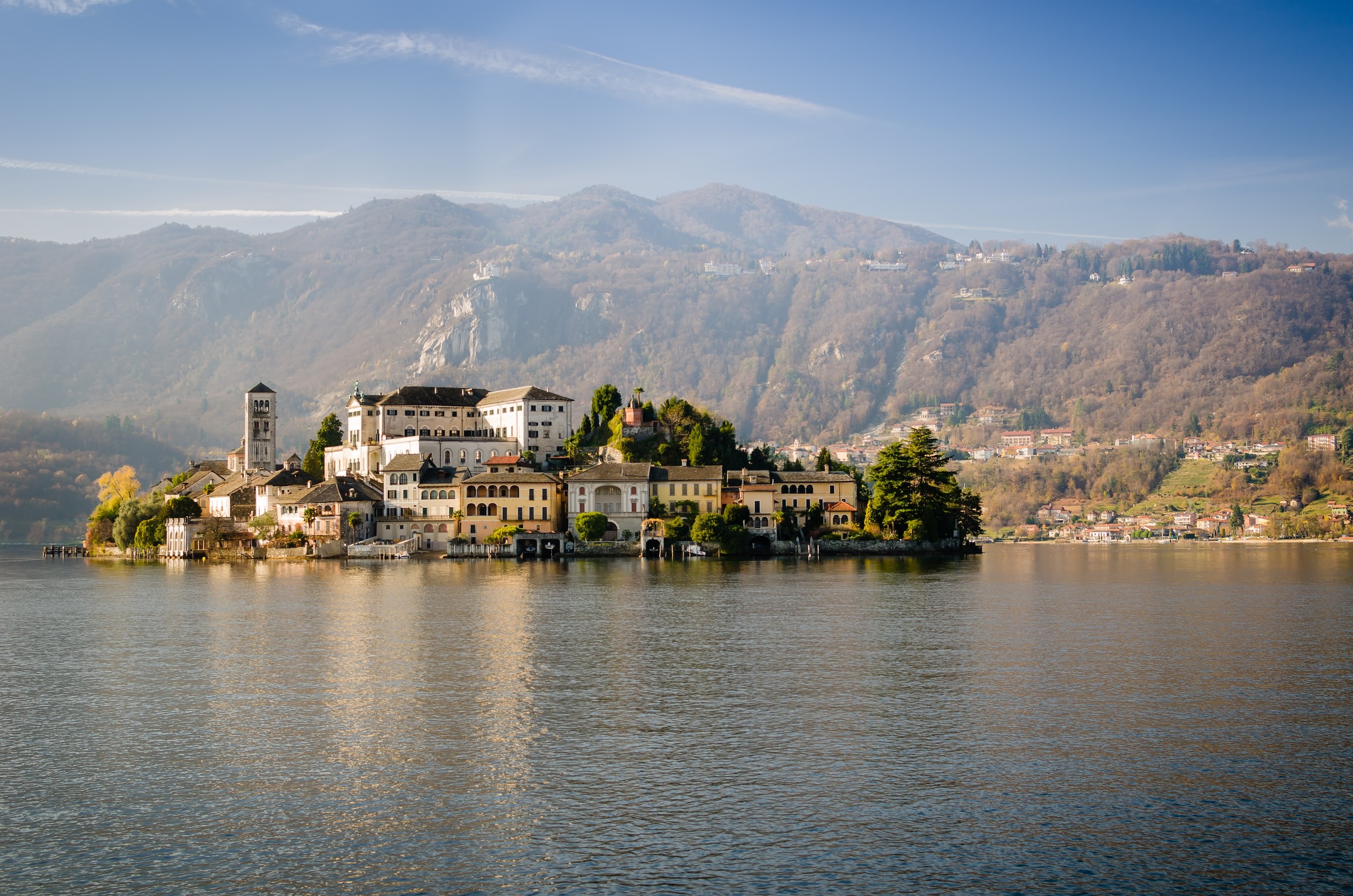
Then we have Lake Orta, a beautiful lake for people who want a more private and exclusive experience to Italy’s best known lakes.
Northern Piedmont is rich in textiles and fashion, some very famous textiles brands are from there and we can arrange experiences with them.
There’s jewellery there too, like Valenza, who are hand making for Cartier, Dior, Bulgari and other brands.
Torino was the first capital of Italy and has a lot to explore: castles, history, art, food, culture. It’s a great weekend destination, a lot more walkable and enjoyable than big touristic cities like Rome and Milan.

Piedmont is a similar size to Tuscany. What’s nice is that Torino is in the centre. In one hour you can drive to the mountains, the vineyards, lakes or even the beach.
The best known wine regions are a short drive south from Torino. But drive 1.5 hours north and you can be skiing and hiking in the Alps, by the Matterhorn in the Aosta Valley.
Aosta Valley neighbours Piedmont and is very reachable. We call the famous triangular shaped peak Cervino, rather than the Matterhorn.

Drinking Barolo in Barolo sounds great. What else should we know about wine in Piedmont?
Drinking Barolo in Barolo is definitely an unforgettable experience, but there’s so much more to discover.
Each sub region specialises in its own wine, like Barolo, Barbaresco and Roero. Spumante (sparkling wine) comes from Asti and there’s good white wine in Gavi.
The Nebbiolo grape is king, but differences in soil, microclimate and production create distinct flavours and ageing potential. Barolo tends to be more robust and structured, while Barbaresco is more elegant and approachable at a younger age.

Barbera is one of the most widely planted grapes in Piedmont. Barbera d’Alba and Barbera d’Asti are the two important DOCG regions that wine lovers should know.
Dolcetto is a lighter and fruitier red, an easy-drinking wine locals enjoy with their food. Moscato d’Asti is a lightly sweet and sparkling wine with a lower alcohol content, perfect for pairing with desserts.
Whatever you prefer, we have access to private wineries, especially family wineries and wineries who don’t promote themselves online.
Or we have access to wineries like Gaja, where you have to request a tasting six months in advance and, for the general public at least, it’s highly subject to availability. No photos are allowed and there’s nothing on social media.
Many Piedmont vineyards now focus on sustainable production, mixing their traditional methods with more modern techniques. It’s a great place if you want to explore and experience organic or biodynamic winemaking.
When is the best time to visit Piedmont?

The best time to visit Piedmont depends on what you are looking for, but for me, the best time to go is now.
Autumn is the perfect season. The vineyards are alive with the grape harvest, the International White Truffle Fair starts in Alba.

The landscape transforms into stunning shares of red and orange and brown. Places like Oasi Zegna offer hiking and forest activities, embraced by these beautiful leaves and autumn colours. It’s still beautiful even in November.
This is our busiest time of year as the white truffle season is when Piedmont really shines and does attract people from all over the world.
Spring, from April to June, is also a wonderful time, especially if you want to visit the lakes.

While I’d avoid the wine regions during the height of summer due to the heat, other areas remain pleasant
Piedmont is becoming increasingly popular, as we see a global trend towards more authentic, less-touristy destinations. So now is a good time to come, before it changes.
People find Piedmont to be unexpected, genuine and unique. And that’s not the experience you have everywhere else in Italy.
